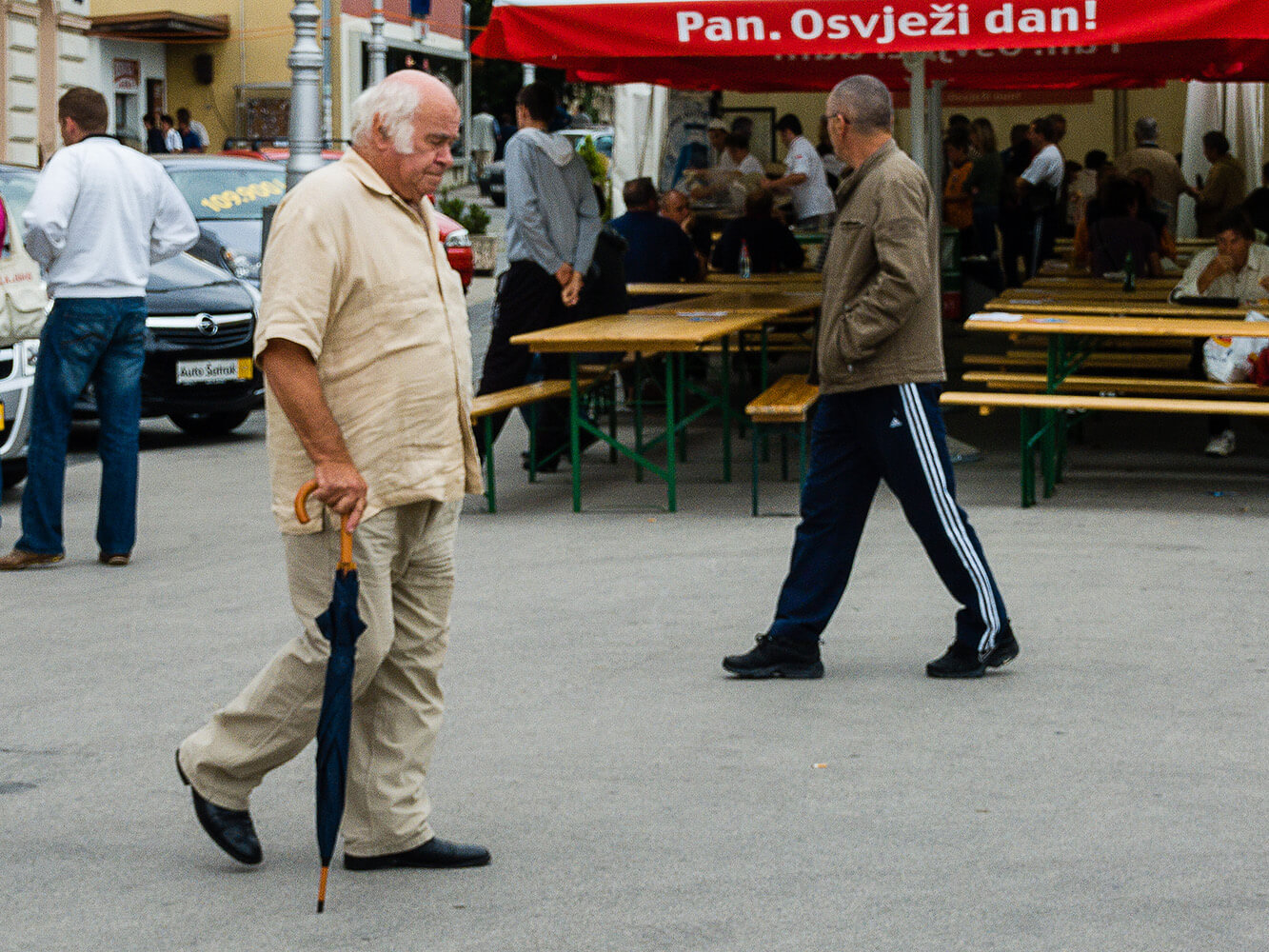PHOTOS: Colour, Cuisine and Art of Koprivnica at Motifs of Podravina
September 28, 2021 – 27-year-old Motifs of Podravina Festival showcases all the region's unique art, cuisine and culture, including fantastic wines, music, dance, folklore, food, arts & crafts plus a huge outdoor exhibition of Croatian Naive Art. We preview the 2021 Autumn edition in pictures...
 © Puhački orkestar Grada Koprivnice
© Puhački orkestar Grada Koprivnice
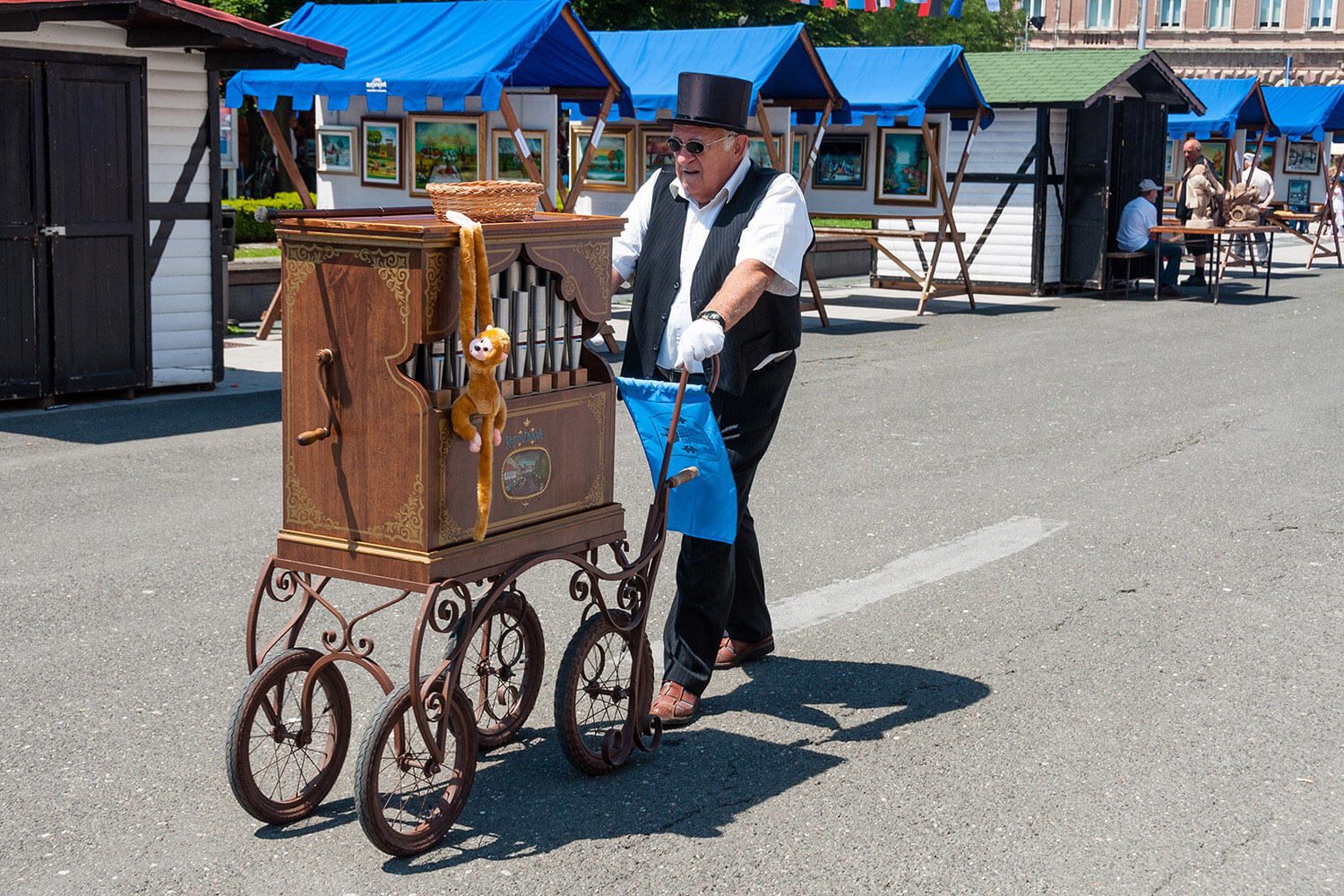 © Mato Zeman
© Mato Zeman
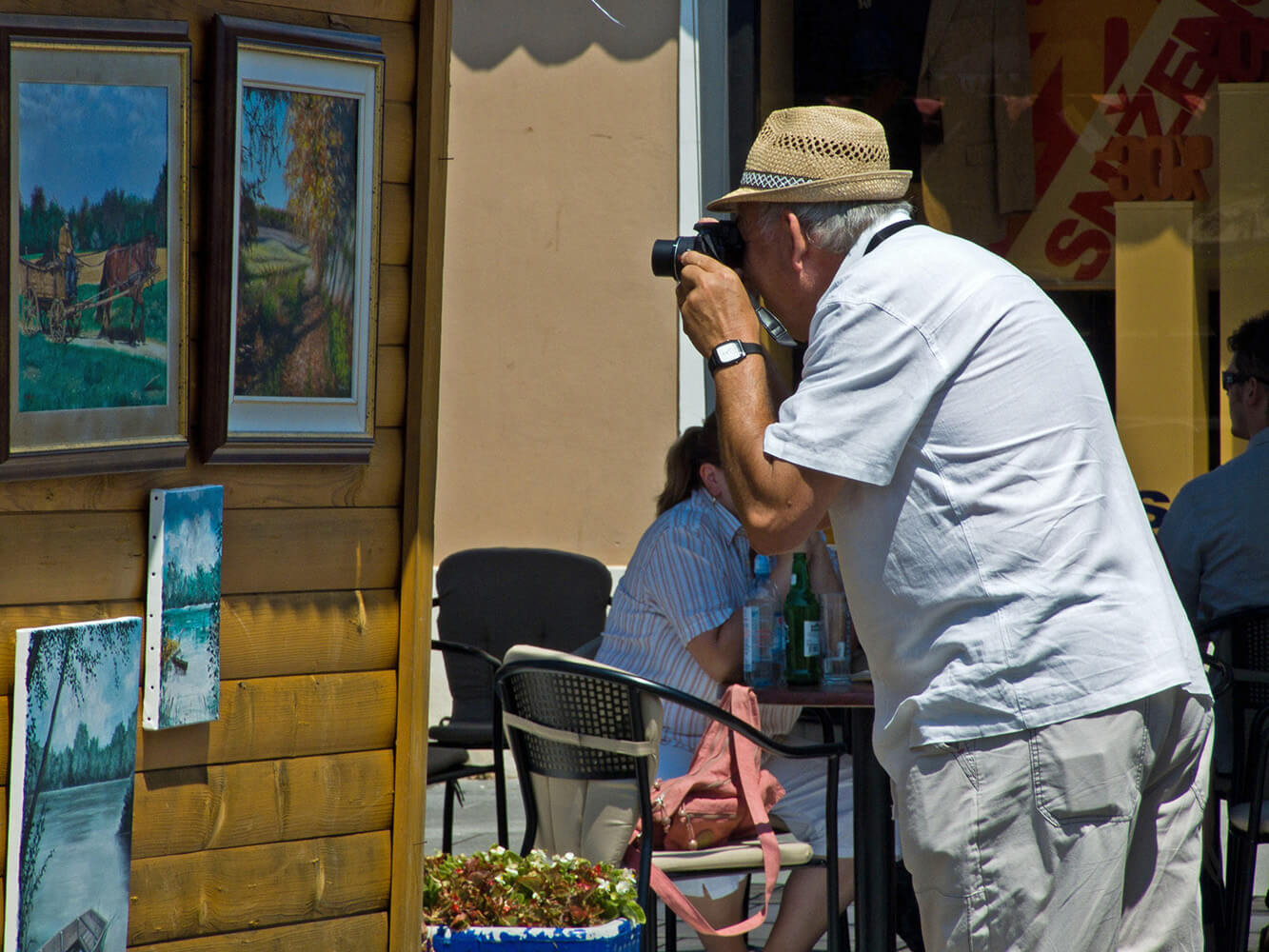 © Mato Zeman
© Mato Zeman
The city centre streets and parks of Koprivnica will once again explode with colour, cuisine, music, dance and art this weekend for the 28th Motifs of Podravina Festival. The much-loved event showcases all of the unique aspects of culture from the region.
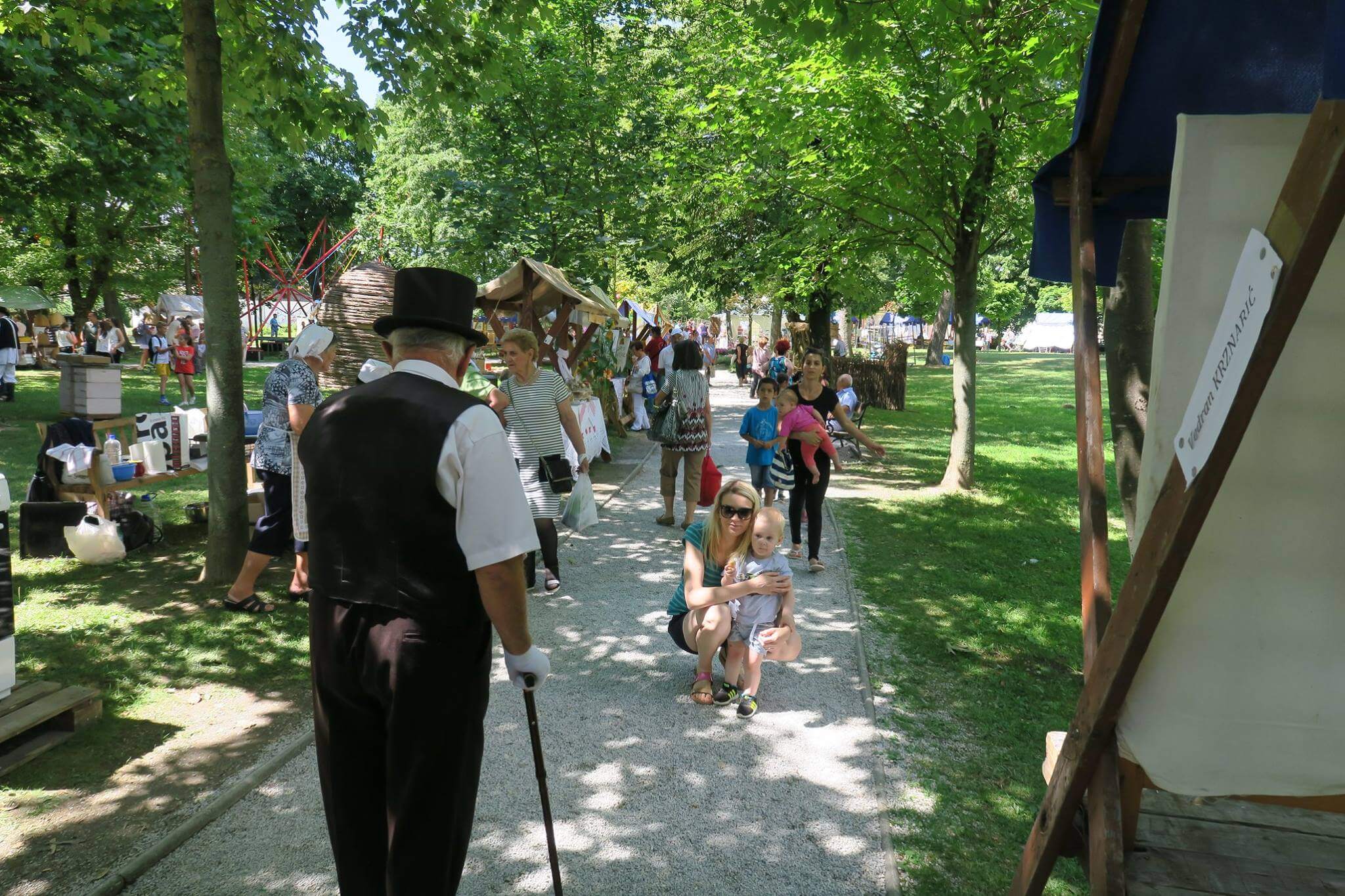 © Turistička Zajednica Koprivnica
© Turistička Zajednica Koprivnica
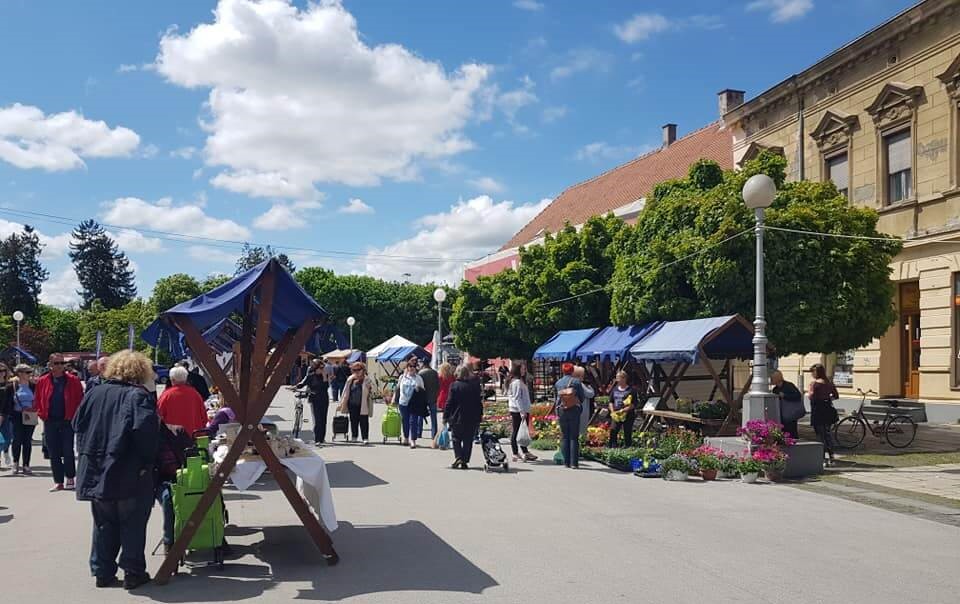 © Turistička Zajednica Koprivnica
© Turistička Zajednica Koprivnica
Usually taking place in summer, the 2020 event was postponed by the pandemic and instead held in autumn. With very surprising results. Numbers of visitors to the event increased dramatically. As a result, another autumn edition of Motifs of Podravina will take place on Saturday 2 October and Sunday 3 October 2021.
 © Turistička Zajednica Koprivnica
© Turistička Zajednica Koprivnica
 © Turistička Zajednica Koprivnica
© Turistička Zajednica Koprivnica
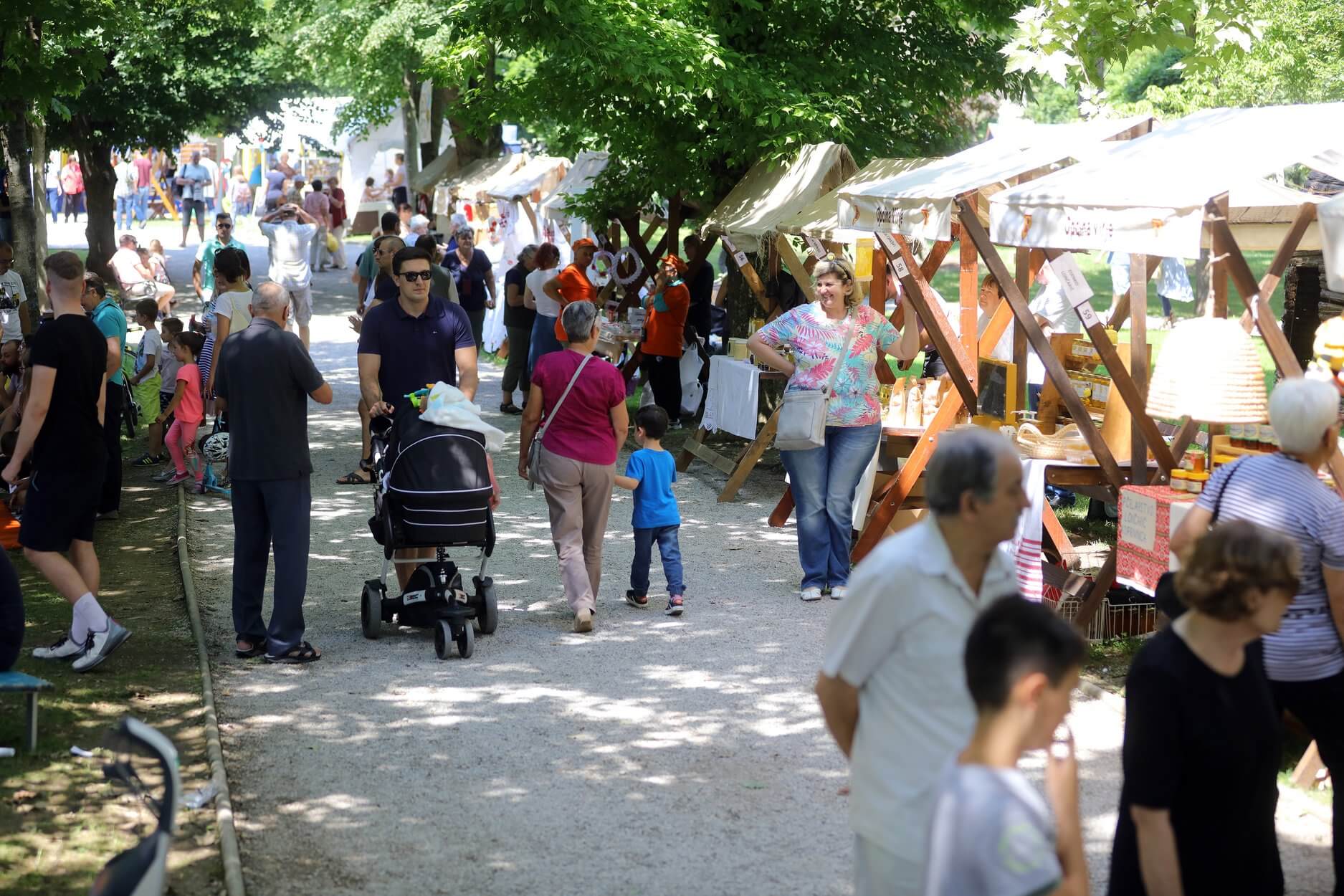 © Turistička Zajednica Koprivnica
© Turistička Zajednica Koprivnica
A run-up to the event is already underway at some of Koprivnica Križevci County's most famous museums. There are special exhibitions currently on show at Koprivnica Gallery, the Gallery of Naive Art in Hlebine and the Mijo Kovačić Gallery in Koprivnica. All these participating museums will open their doors to the public for free this weekend.
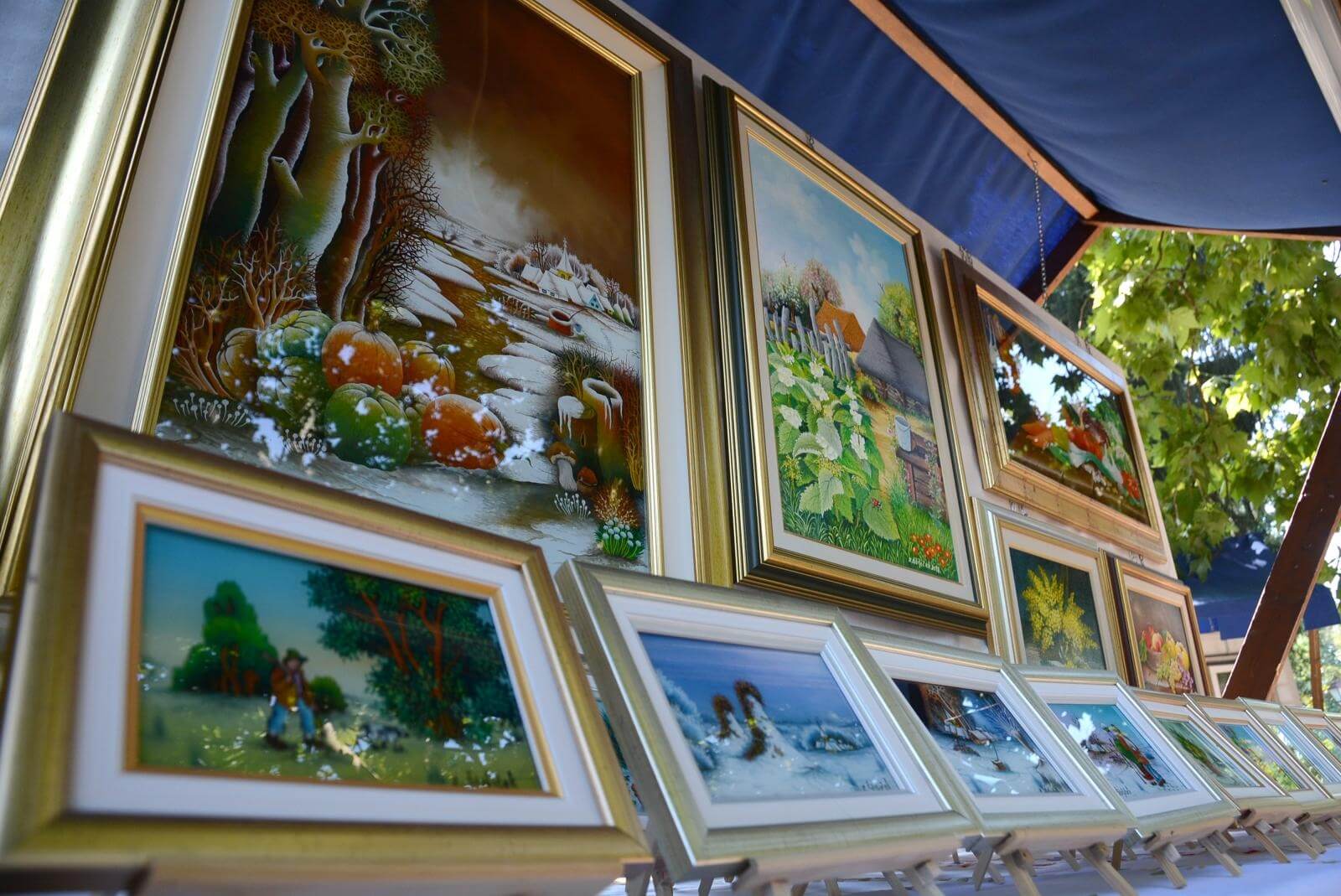 © Damir Spehar/PIXSEL
© Damir Spehar/PIXSEL
 © Turistička Zajednica Koprivnica
© Turistička Zajednica Koprivnica
The celebrated works of the region's famous artists will be joined by an explosion of colour through Koprivnica City Park. There, one of the largest outdoor exhibitions of art in Croatia takes place. Over 50 Croatian Naive Artists will be displayed through the park and on Zrinski Square. As such, this is one of the best times and places to come and learn more about Croatian Naive Art and the very famous branch of it that comes from this region - the Hlebine School (you can read more about it here).
 © Mato Zeman
© Mato Zeman
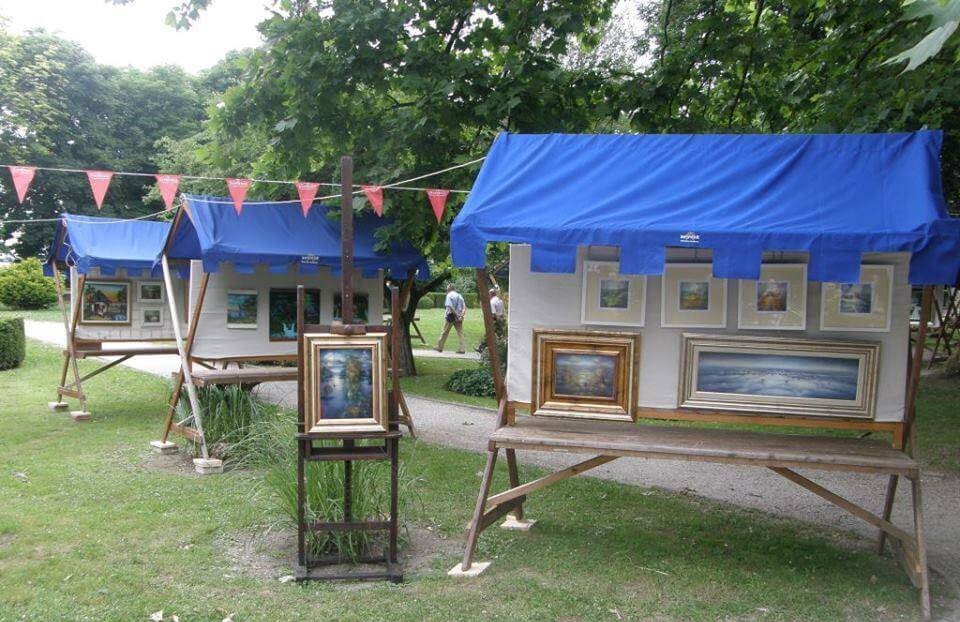 © Turistička Zajednica Koprivnica
© Turistička Zajednica Koprivnica
 © Turistička Zajednica Koprivnica
© Turistička Zajednica Koprivnica
Stalls displaying Hlebine school paintings and other art of the region will be interspersed with others offering arts & crafts, traditional produce and tasty treats.
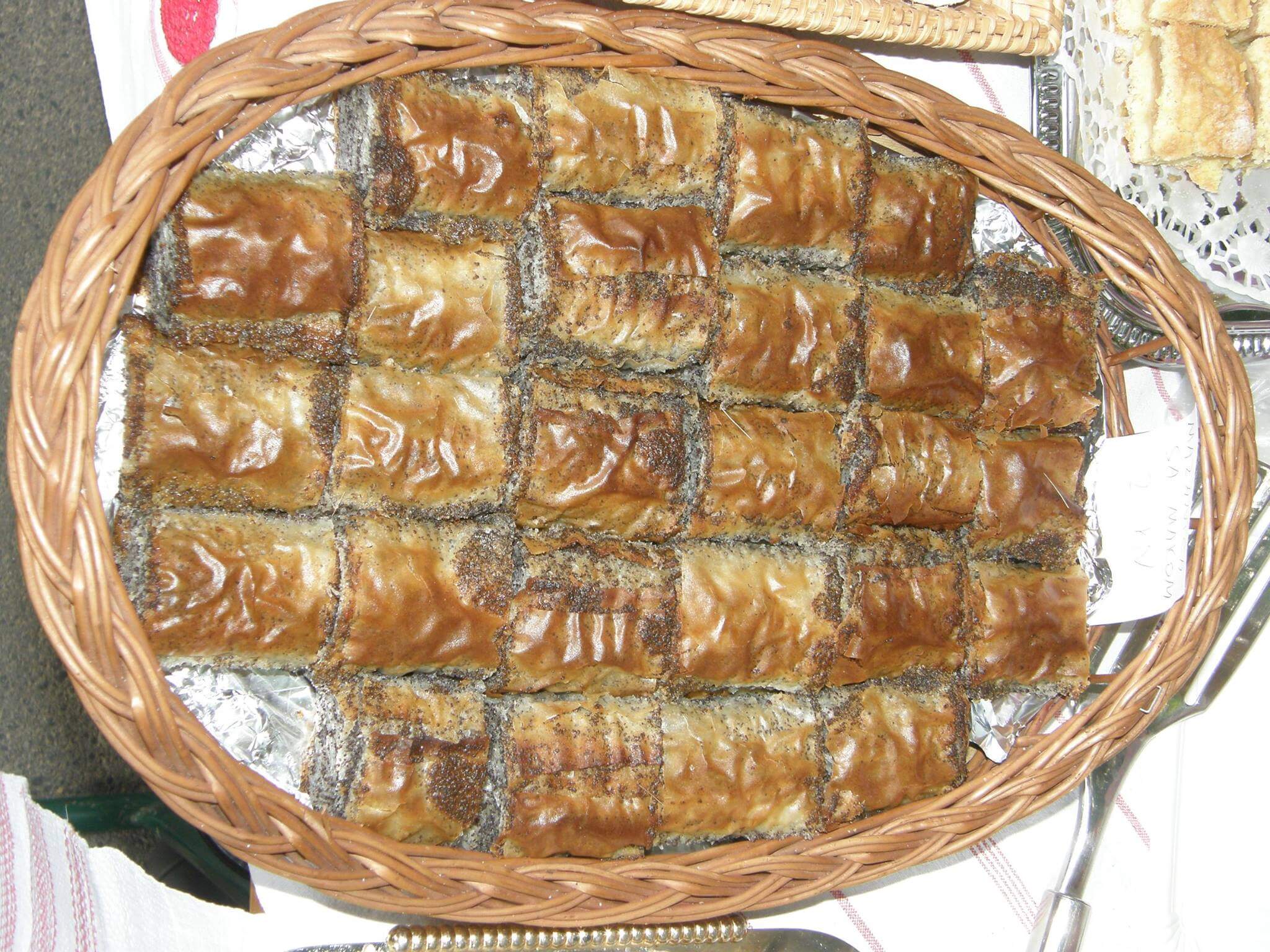 © Turistička Zajednica Koprivnica
© Turistička Zajednica Koprivnica
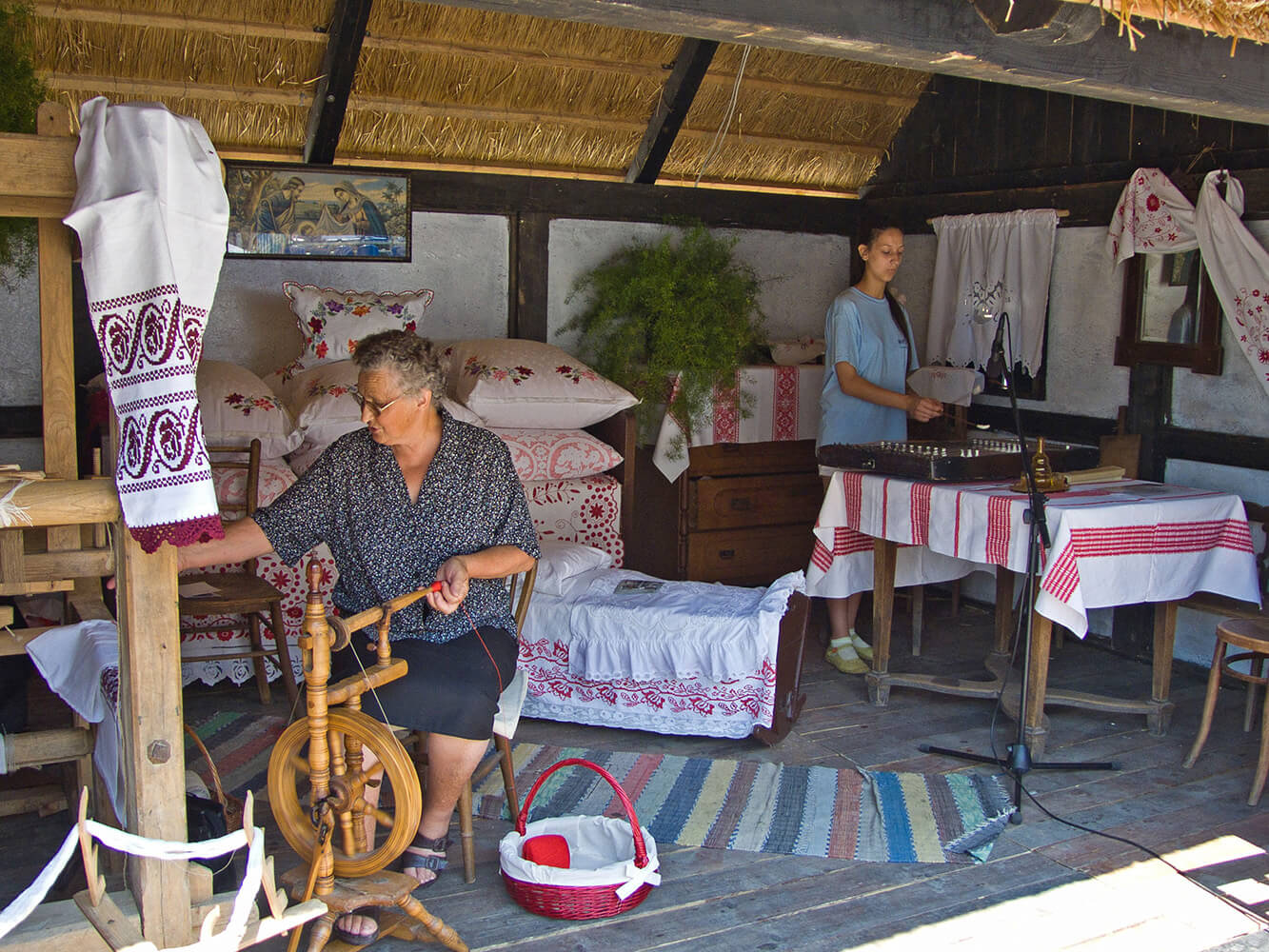 © Mato Zeman
© Mato Zeman
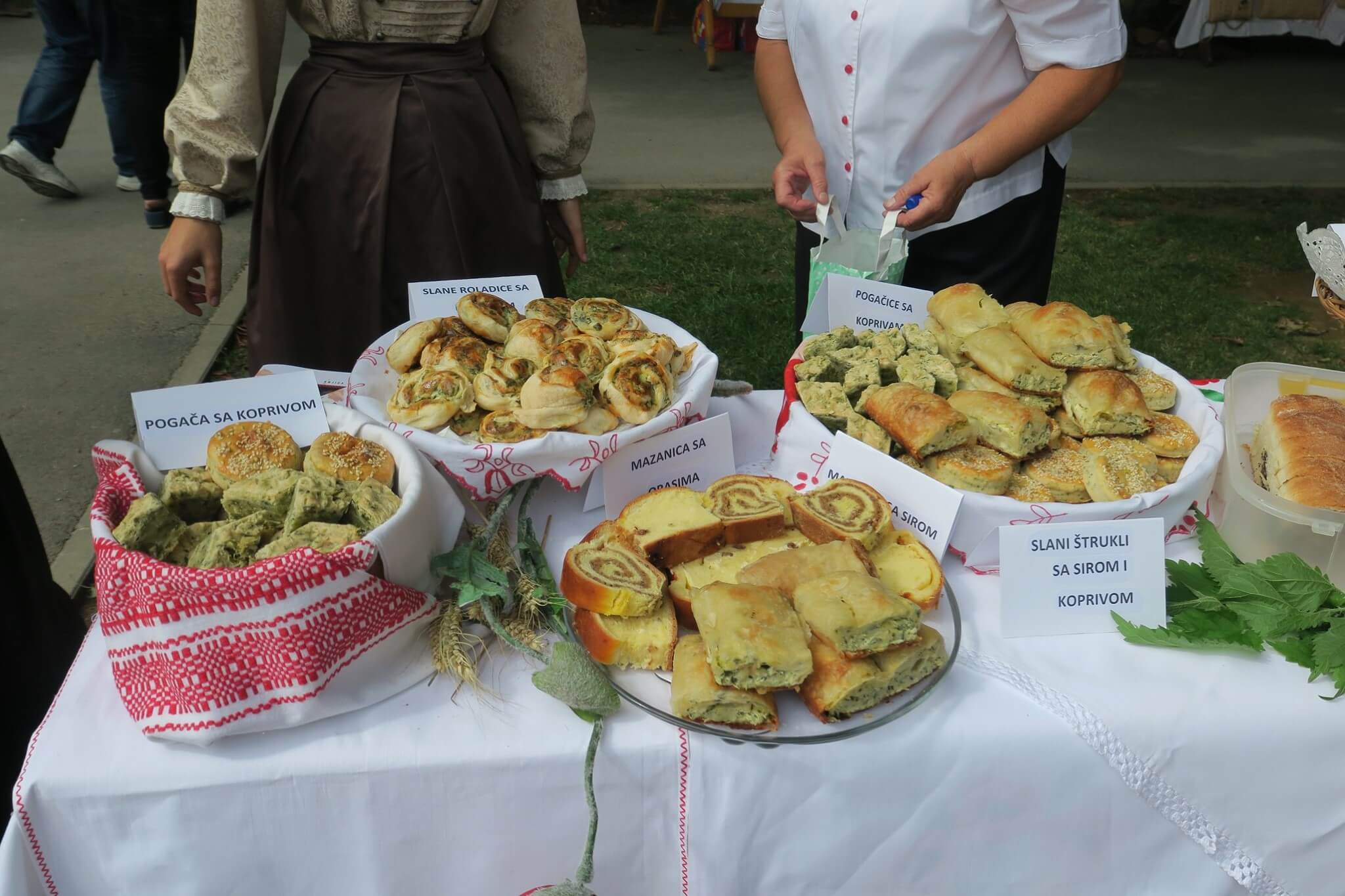 © Turistička Zajednica Koprivnica
© Turistička Zajednica Koprivnica
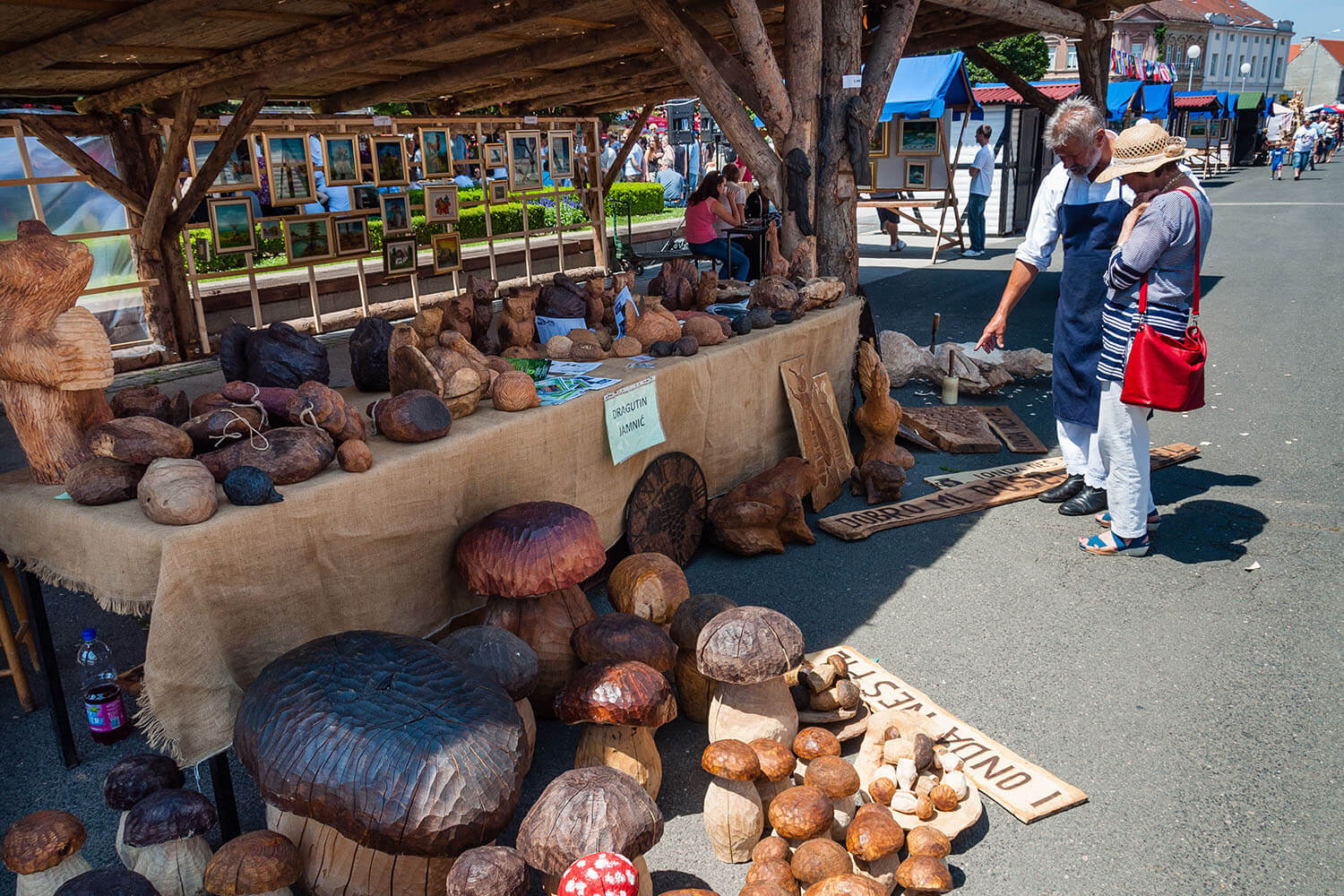 © Mato Zeman
© Mato Zeman
Holding the event in autumn allows Motifs of Podravina to take advantage of harvest time. Colourful pumpkins and squash might well be seen. The surrounding countryside is rich with wild mushrooms. Famously, they are collected to make a local specialty soup. And, the county's famous corn is ripe and ready, as are the chestnuts. So, too, the brilliant, new season wines of Koprivnica Križevci County. This year, some of the best local wines will be joined by guests from Hungary and presented by Koprivnica City Museum.
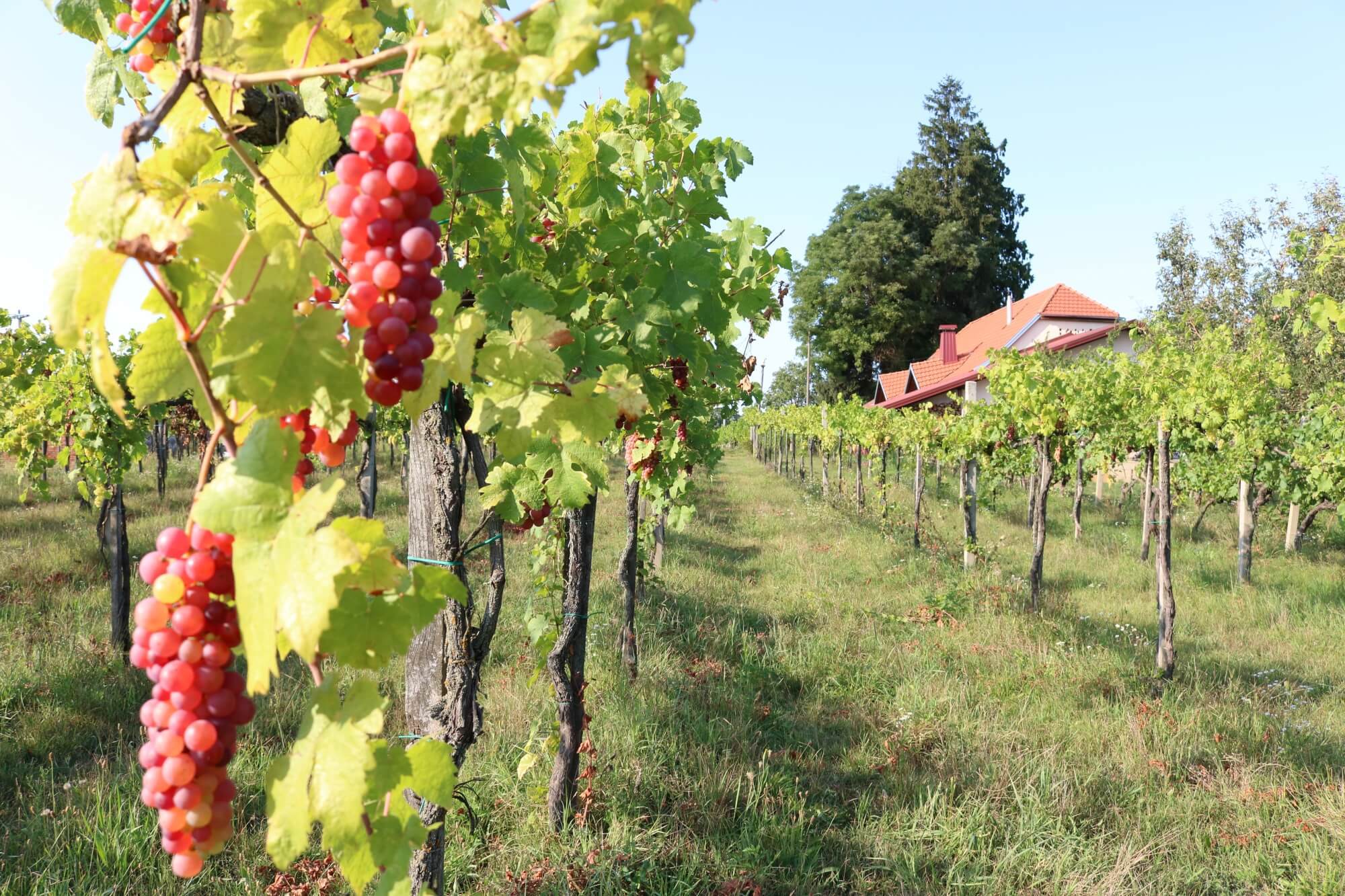 Vineyards of Koprivnica-Križevci County © Marc Rowlands
Vineyards of Koprivnica-Križevci County © Marc Rowlands
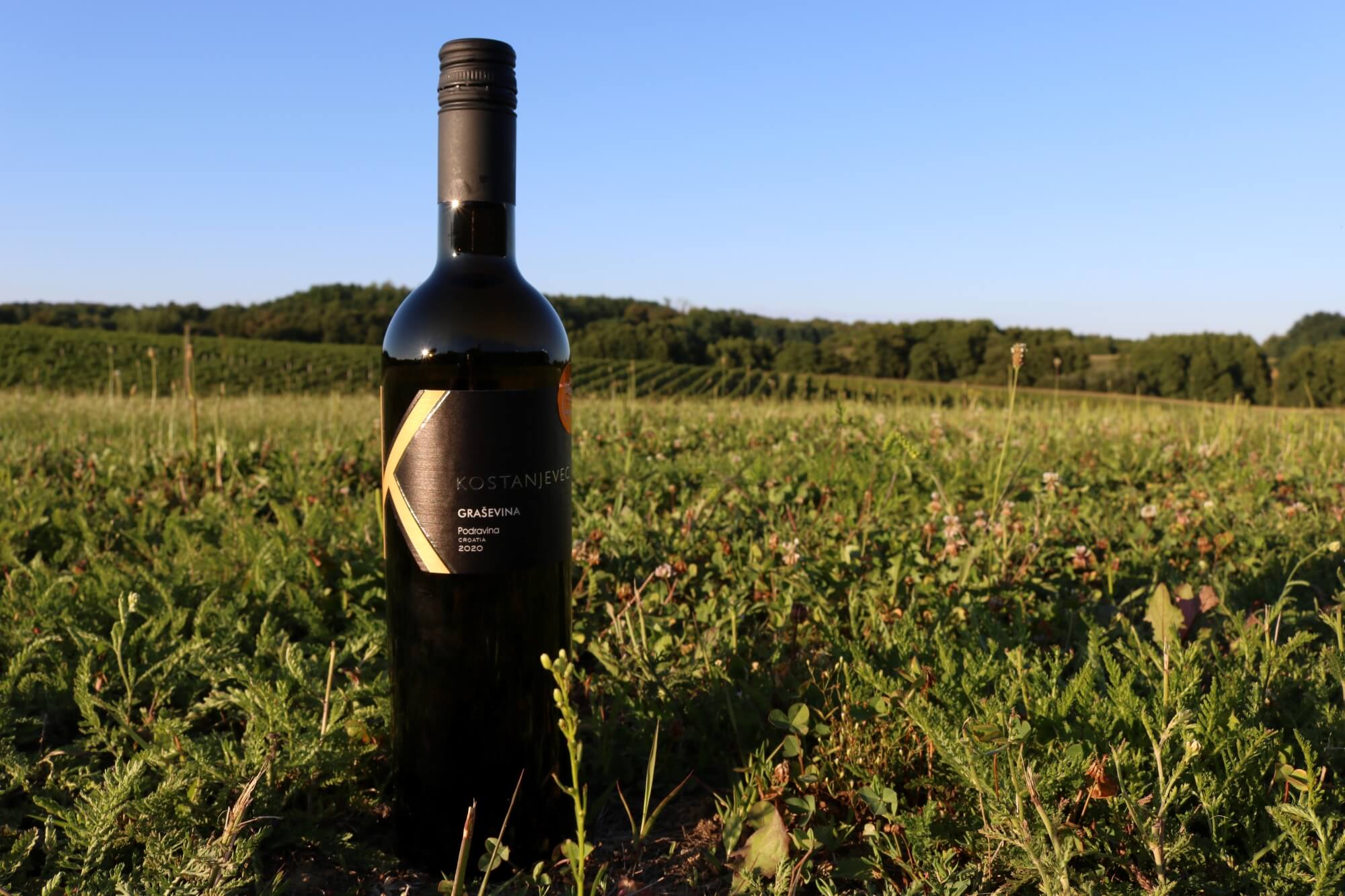
Adding to the colour with a distinctly local flavour, music, folklore and dance are offered by Folklore Ensemble Koprivnica, the International Children's Folklore Societies Meeting and KUD Rudar Glogovac. Additional music comes from Koprivnica City Puhački Orkestar, folk-rock band Ogenj and singer Eric Vidovic.
 © Folklore Ensemble Koprivnica
© Folklore Ensemble Koprivnica
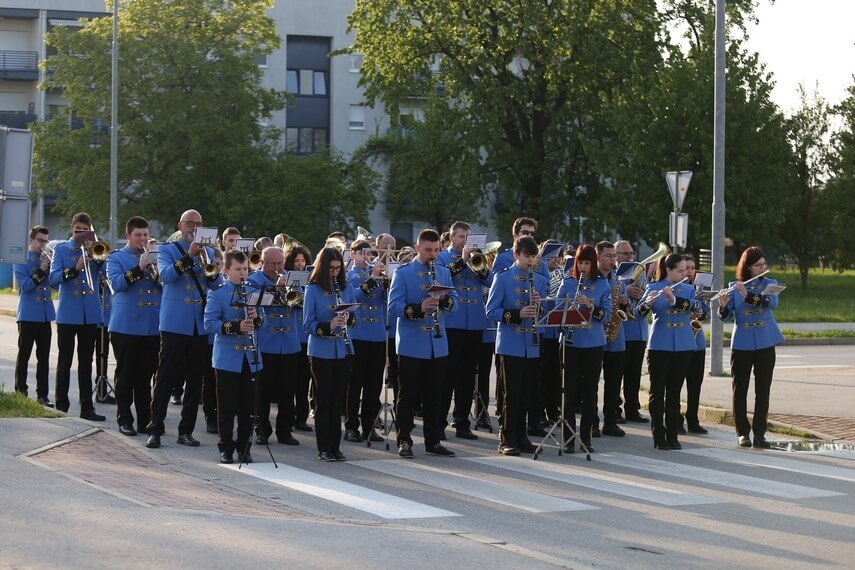 © Turistička Zajednica Koprivnica
© Turistička Zajednica Koprivnica
 © Turistička Zajednica Koprivnica
© Turistička Zajednica Koprivnica
 © Folklore Ensemble Koprivnica
© Folklore Ensemble Koprivnica
Entrance to Motifs of Podravina Festival. Photographic preview of the event made possible with the kind assistance of Turistička Zajednica Koprivnica here and photographer Mato Zeman.
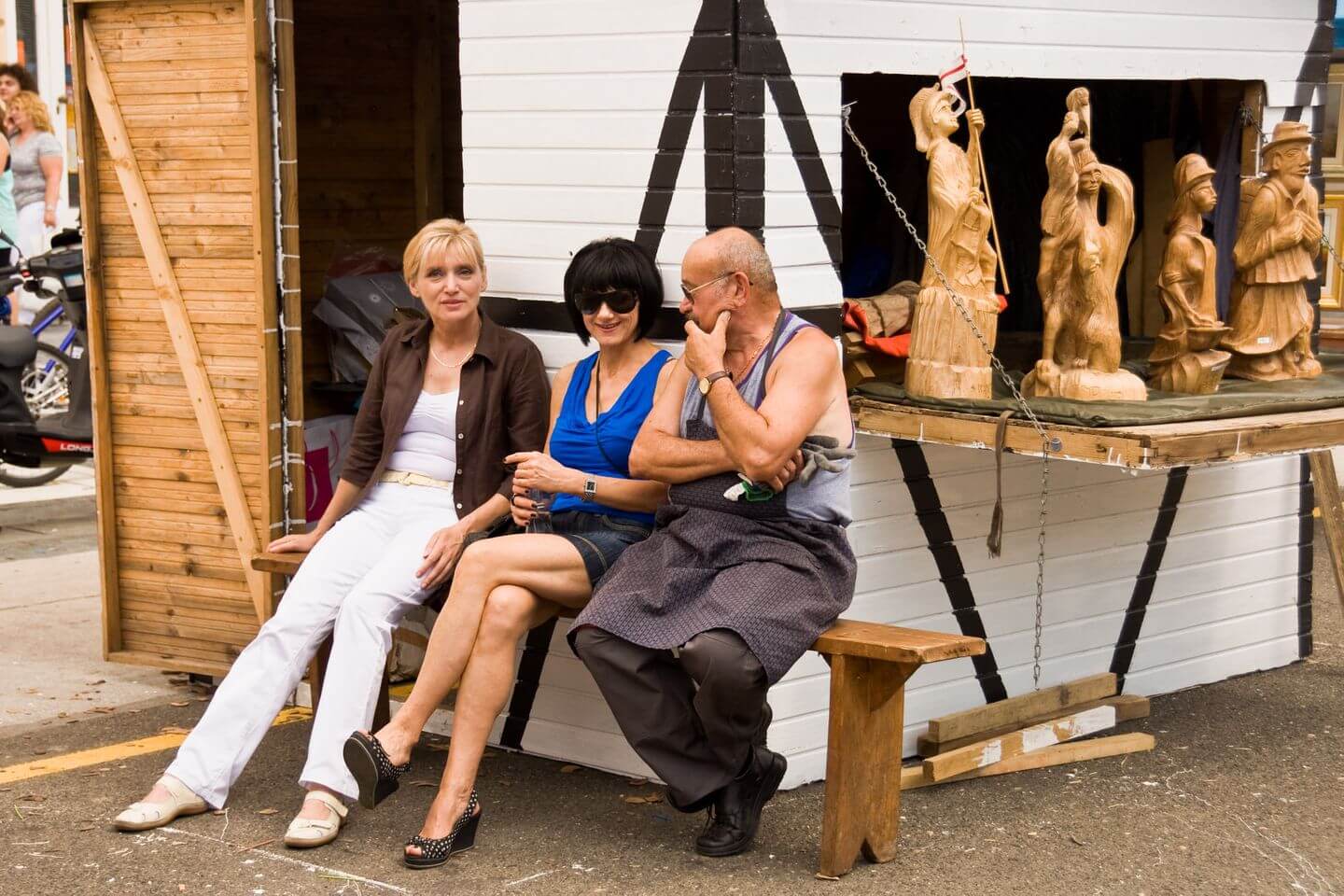
 Photos of celebrity and local guests at previous editions of Motifs of Podravina, captured by © Mato Zeman
Photos of celebrity and local guests at previous editions of Motifs of Podravina, captured by © Mato Zeman
Will Croatia Euro Coins Be Able to Feature Tesla?
July 27, 2021 - Last week, the Croatian National Bank announced five motifs to be featured on Croatia euro coins, with the image of Nikola Tesla being the most popular one according to the vox populi. However, these are just the first steps of the process of creating Croatian euro coins. Who has the ultimate say on whether Tesla is to be kept or to be scrapped off? A look into the procedure of approving the designs of euro coins.
The announcement of five motifs chosen to grace the national side of Croatian euro coins that came last Wednesday was soon greeted by a statement on the official website of the National Bank of Serbia. In it, NBS objects to the Croatian idea of using the image of Nikola Tesla. It's described as ''an appropriation of the cultural and scientific heritage of the Serbian people.'' Serbia also stated it would file a complaint if Croatia put his image on one of the coins.
The question is, to whom would these complaints be filed, and to what effect? Is there a set legal way to get Croatia to remove Tesla from the coins not yet minted? (Un)surprisingly, there are a few precedents guarding the question, as this is not the first time that one country objected to the design of another country's euro coins, claiming it belonged to its own national heritage.
In 2005, Slovenia's use of the Prince's Stone on the 2 cents coins launched a protest from the Austrian state of Carinthia. Prince's Stone is an ancient Roman column that was used during the early Middle Ages in the ceremony of installing the rulers of the Slavic principality of Carantania. The ceremony was conducted in the Slovene language, and Caranthania was located, in part, on the territory of present-day north-eastern Slovenia. The stone itself used to be kept in a museum in Klagenfurt, the capital of Carinthia, where it was considered a historical icon of the state. The Carinthian state government (headed by the then-governor Jorg Haider) issued a resolution of protest on October 25, 2005, which was rejected as "not to be taken seriously" by the Slovene foreign minister Dimitrij Rupel.
Ten years later, in 2015, Belgium issued a €2 commemorative coin (individual Member States are allowed to issue commemorative coins to celebrate subjects of major national or European relevance). To mark the Battle of Waterloo, and the 200th year anniversary of the defeat of Napoleon, the coin featured an image of the monument at the site. France objected, saying that the image carried a negative connotation.
According to the COUNCIL REGULATION (EU) No 729/2014 on denominations and technical specifications of euro coins intended for circulation, when a eurozone country wants to issue a new €2 commemorative coin, it is required to send a draft design of the coin to the Council, the European Commission and to other eurozone countries. In the end, as RFI wrote in 2015, ''Brussels has been forced to scrap 180,000 coins worth 1.5-million-euros that it had already minted before Paris got wind of the affair.''
And in 2013, Slovakia re-thought its idea of issuing commemorative coins with the images of Christian saints and missionaries Cyril and Methodius with crosses and halos above their heads, as some Member States pointed out that the designs went against the ''principle of respect for religious diversity in Europe''.
However, all of these disputes were started and resolved between the EU Member States, not a Member State and a third country, as is the case with Serbia. As European Commission Deputy Chief Spokesperson Dana Spinant said on Friday, ''the design of the national side of euro coins is decided by the country adopting the euro.''
The designs have to be passed from the Croatia National Bank to the National Council for the Introduction of the Euro for approval and then have to be confirmed by the government of Croatia.
That doesn't mean that the design lays solely in Croatia's hands.
The abovementioned Council Regulation also states that ''each Member State (....) should take into account the fact that euro coins circulate in the whole euro area and not only in the issuing Member State'', and should ''avoid the use of inappropriate designs''.
Recognizing the potential problem when it comes to defining the term ''inappropriate'' the Regulation states that ''uniform conditions'' for the approval of the designs should be laid down and also that ''in view of the fact that the competence for an issue as sensitive as the design of the national sides of the euro coins belongs to the issuing Member States, implementing powers should be conferred on the Council.''
Therefore, Croatia has to submit draft designs to the Council, to the Commission, and to the other Member States whose currency is the euro at least three months before the planned issue date. Since Croatia is set to enter the eurozone in 2023, that criterion shouldn't be difficult to meet.
Within seven days following the submission, any Member State whose currency is the euro may, in a reasoned opinion addressed to the Council and to the Commission, raise an objection to the draft design proposed by the issuing Member State if that draft design is likely to create adverse reactions among its citizens.
If the Commission considers that the draft design does not respect the technical requirements set out by the Regulation, it shall, within seven days following the submission, submit a negative assessment to the Council.
If no reasoned opinion or negative assessment has been submitted to the Council, the decision approving the design shall be deemed to be adopted by the Council.
In all other cases, the Council shall decide without delay on the approval of the draft design, unless, within seven days following the submission of a reasoned opinion or of a negative assessment, the issuing Member State withdraws its submission and informs the Council of its intention to submit a new draft design.
Since there are essentially two criteria to meet - the suitability of the design requirement and the technical requirement, both assessed by other Member States (the EU), the only tool any country outside of the EU can use is its political influence on a Member State to try and come up with a reasoned opinion as to why a draft design is ''likely to create adverse reactions'' - but only among its (a Member State's) citizens.
There is nothing in the Regulation on the influence the design may have on the non-EU countries. In fact, the Regulation even makes sure to point out that the other Member States whose currency is not the euro are excluded from deciding. Will Croatia be able to keep Tesla on its coins? If these provisions are anything to go by, then yes.
For more on politics, CLICK HERE.
Five Motifs for Croatian Side of Euro Coins Put to Public Consultation
ZAGREB, 1 July 2021 - The Croatian coat-of-arms, a geographical map of Croatia, the kuna coin, the Glagolitic script and an image of Dubrovnik are the five selected motifs for the national side of the euro coin put to public consultation on Thursday.
Citizens will be able to rate the five proposed motifs on the website euro.hr and add another, sixth motif of their choice.
Their suggestions will be used by the Croatian National Bank Currency Committee in making the final selection, the National Council for Euro Introduction said after its ninth meeting on Thursday.
The public consultation will last until 15 July.
For the latest news from Croatia, follow TCN's dedicated news page.


